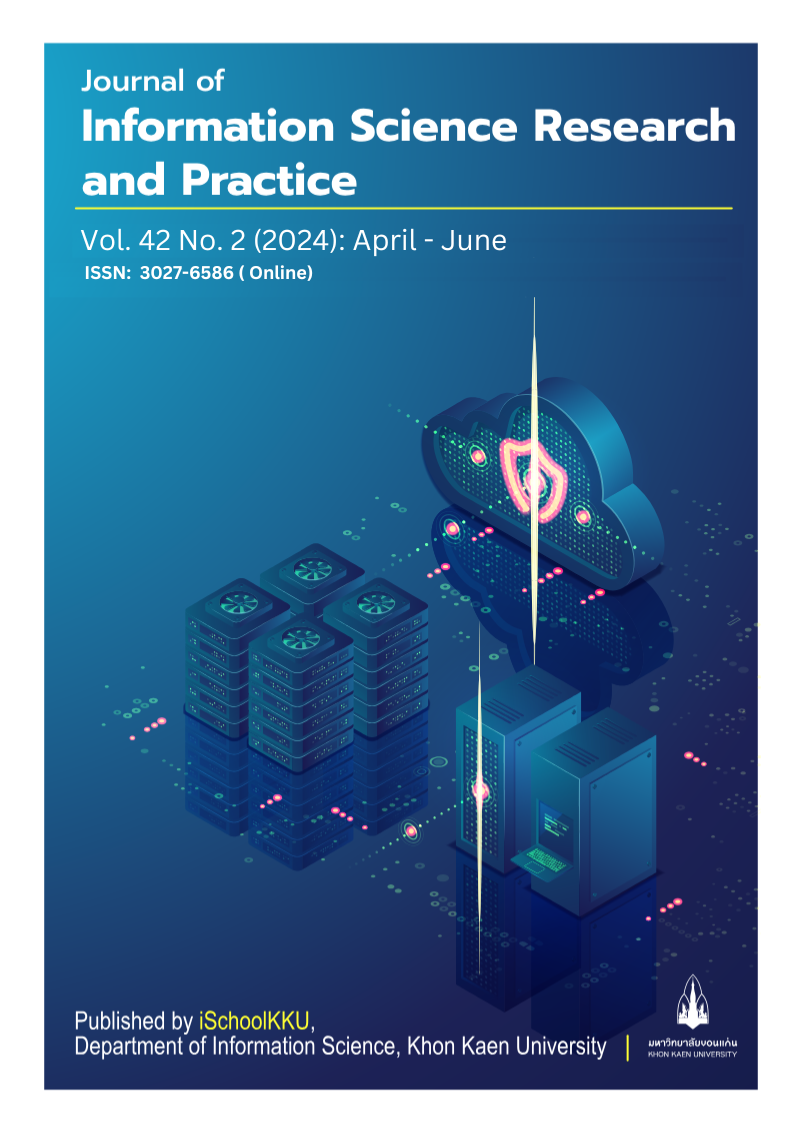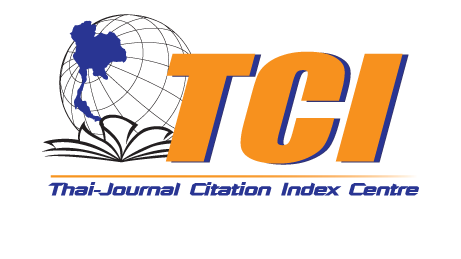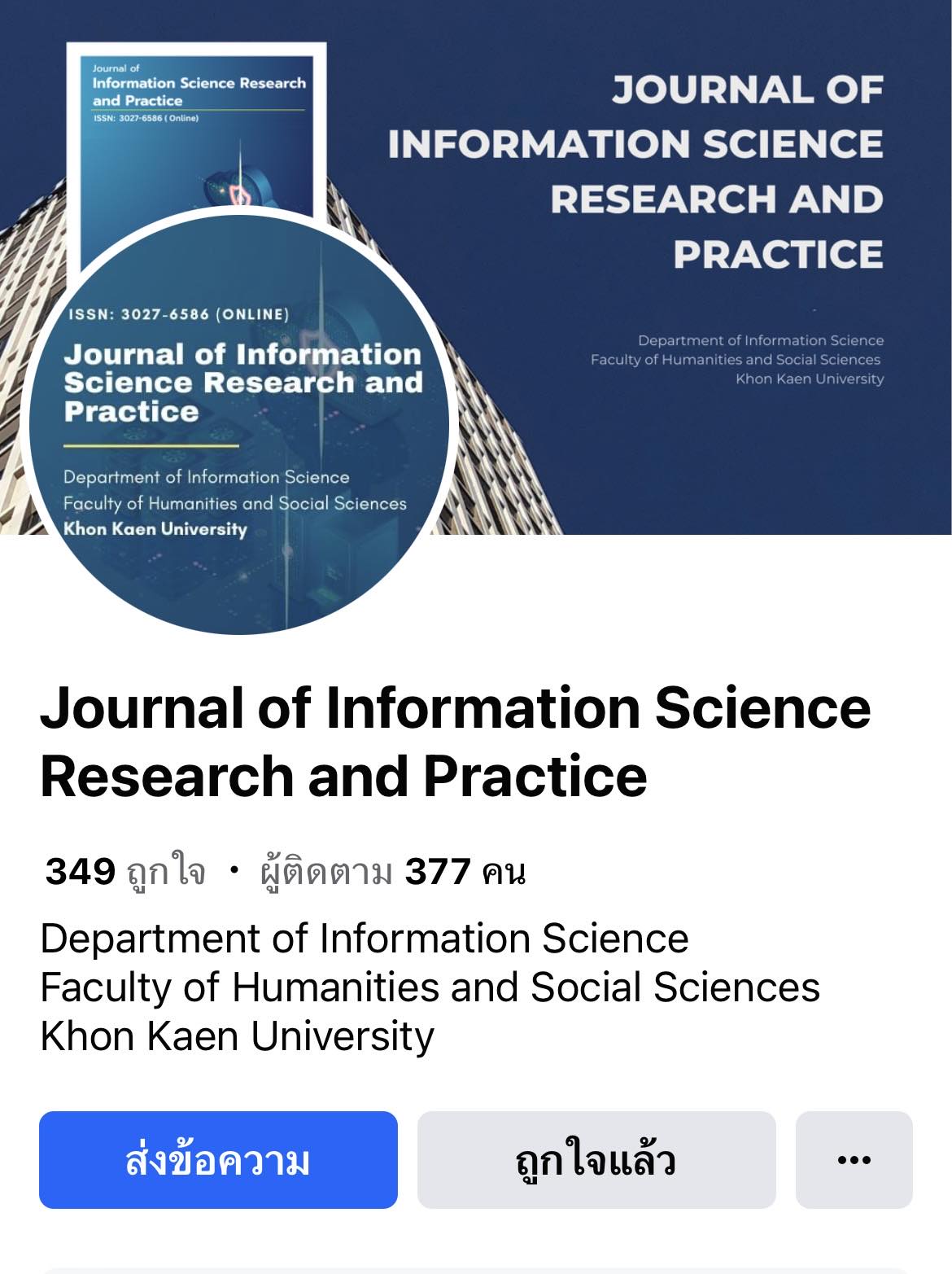Assessment of Digital Technology Skills and Utilization in Community Data Management: A Case Study of Khao Tum Sub-District Administrative Organization
DOI:
https://doi.org/10.14456/jiskku.2024.15Keywords:
Digital Platform, Local Government Organizations, Basic Information, Digital Information ManagementAbstract
Purpose: To assess the level of skills and application of digital technology in managing important community data under the jurisdiction of Khao Tum Sub-District Administrative Organization, Yarang District, Pattani Province.
Methodology: This study uses a participatory action research with administrators, personnel from Khao Tum Sub-District Administrative Organization, and community health volunteers from the community health promotion hospital. This quantitative research analyzes data using percentage and standard deviation.
Findings: The assessment of digital technology utilization for community data management under the jurisdiction of Khao Tum Sub-District municipality is categorized into three groups. First, the administrators were found to have high-level skills in applying digital technology, data management and analysis for planning and decision-making, selecting data visualization tools, and interpreting, analyzing, and communicating results, with averages of 4.20, 3.73, 4.00, and 4.07, respectively. Second, the staff were found to have high skills in all four areas, with averages of 4.20, 3.95, 3.75, and 3.60, respectively. Lastly, the community health volunteers were found to have high skills in applying digital technology, with an average of 3.95, and a strong framework for thinking about volunteering and public service, with an average of 4.20.
Applications of this study: The application of these findings aims to enhance convenience, speed, and quality of public service across various dimensions with precision and efficiency. This ensures that citizens receive excellent services, reducing disparities in accessing fundamental rights they are entitled to, fostering confidence in development, and elevating service areas. This is achieved by empowering personnel with digital technology skills, enabling them to derive significant benefits and adapt to the needs of the Sub-District municipality, the Department of Local Administration, the Ministry of Interior, the Ministry of Digital Economy and Society, and the local community members who play a role in supporting the use of digital technology for community development.
Downloads
References
Baum, F., MacDougall, C., & Smith, D. (2006). Participatory action research. Journal of Epidemiology & Community Health, 60(10), 854–857. https://doi.org/10.1136/jech.2004.028662
Boontrai, I. (2015). Quality of life of people living in semi-urban areas. (In Thai). Independent study of master degree in Economics, Graduate School, Chiang Mai University.
Chomeya, R. (2010). Quality of Psychology Test Between Likert Scale 5 and 6 Points. Journal of Social Sciences, 6(3), 399–403. https://doi.org/10.3844/jssp.2010.399.403
Department of Community Development, Ministry of Interior. (2016). Khumue kanchatkep khomun khwam champen phuenthan [Guide to storing basic necessities]. (In Thai). Retrieved from https://rdic.cdd.go.th/wp-content/uploads/sites/154/2017/07/bManualBook_BMN60.pdf
Digital Government Development Agency (Public Organization). (2022). Sue kanrianru naeothang kanhai borikan phakrat phan rabop dichithan [Learning media on how to provide government services through digital systems]. (In Thai). Retrieve from https://www.dga.or.th/document-sharing/dga-news/80190/
Jaitiang, T. (2020). Kanmi suanruam khong prachachon nai chumchon khet Phra Nakhon Krung Thep Maha Nakhon toa karn phatna thaksa yaowachon Thai 4.0 [Participation of citizens in Pranakorn area to Thai youth 4.0 skill development]. (In Thai). Retrieve from https://www.bpi.ac.th/upload/media/2022/05/4256628c4b407cac3.pdf
Kidd, C. (2023). Data platforms explained: features, benefits & getting started. Retrieve from https://www.splunk.com/en_us/blog/learn/data-platform.html
Murch, R. (2012). The software development lifecycle – a complete guide. Seattle, WA: Kindle Direct Publishing.
Phaetrungsee, P. (2013). Public participation in local development: case study of Tha Luang Sub-distric Municipality in Makham District Chanthaburi Province. (In Thai). Independent study of master degree in Local Government, Graduate School, Rambhai Barni Rajabhat University.
Phuangsamlee, A. and Artam, O. (1998). Kanphatthana tuachiwat khunnaphap chiwit lae sangkhom Thai [Development of indicators of quality of life and Thai society]. (In Thai). Bangkok: Thailand Research Fund.
Ponsen, K., Silawan, T., Pacheun, O., & Khansakorn, N. (2016). Kan rabu lae sangkhro panha sukkhaphap chumchon doi chai krabuankan rianru baep mi sowon ruam [Community health problems identification and synthesis through participatory learning process]. (In Thai). The Public Health Journal of Burapha University, 11(2), 22-32.
Suphantas, S. and Manunpichu, N. (1982). Prachakon kap khunnaphap chiwit [Population and quality of life]. (In Thai). Retrieved from https://repository.li.mahidol.ac.th/handle/123456789/57429








